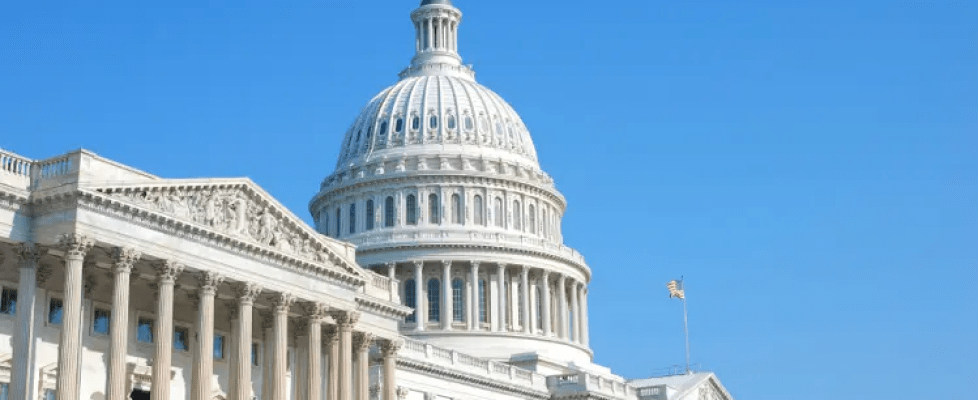2022 Congressional spending bill: Health care groups praise telehealth options
The 2022 Congressional budget bill includes flexibilities for doctors to provide telehealth services to patients, according to the leader of the American College of Physicians (ACP).
But the American Hospital Association (AHA) criticized lawmakers for removing additional COVID-19 relief from the omnibus spending bill approved by the House of Representatives and now in the Senate with a vote expected in coming days.
The spending plan, a 2,741-page document made up of 12 annual bills known as House Resolution 2471, totals $1.5 trillion in discretionary spending.
The ACP and the AHA published statements praising money available for a number of health care agencies and programs.
“Our health care system has been under incredible strain over the past two years,” said ACP President George M. Abraham, MD, MPH, MACP, FIDSA. “We appreciate that the bill passed by the House will give stability to federal health and health care programs and increase funding for so many of them. We call on the Senate to also pass the legislation without delay.”
The bill included $13.6 billion to support Ukraine, now fighting off an invasion by Russia.
COVID-19 funding absent
The AHA statement noted the House bill did not include money to counter the COVID-19 pandemic.
The omnibus spending bill was approved in the House of Representatives on March 9. The day of the House vote, Speaker Nancy Pelosi announced COVID-19 spending would be removed due to a political dispute over federal funding.
“We appreciate that Congress included important provisions in the legislative package related to telehealth, 340B and maternal health that will help hospitals and health systems enhance the health of their patients and communities,” the AHA said in a news release. “However, we are disappointed that Congress did not provide additional COVID-19 relief. We will continue to urge Congress to provide additional support to hospitals and health systems and their front-line caregivers as we enter year three of the COVID-19 public health emergency.”
Other healthcare funding
The AHA statement referred to the 340B Drug Pricing Program, which “has provided financial help to hospitals serving vulnerable communities to manage rising prescription drug costs.”
ACP praised the bill for closing a regulatory loophole and allowing the Food and Drug Administration (FDA) to regulate synthetic nicotine delivery systems.
The physicians group also praised reauthorization of the Violence Against Women Act, calling it a “top ACP priority” to support programs that prevent violence against women and that support victims.
ACP noted the legislation has grants to improve maternal health and will increase funding for food nutrition programs, broadband and safe drinking water in rural areas and tribal lands, renewable energy, environmental justice and protection of LGBTQ rights.
The House Appropriations Committee published its own summaries of the omnibus spending plan:
- The U.S. Department of Health and Human Services (HHS) would get $108.3 billion, an increase of $11.3 billion above the 2021 fiscal year, according to the budget summary from the House Appropriations Committee.
- The HHS budget includes $1 billion to create a new Advanced Research Projects Agency for Health (ARPA-H) to accelerate the pace of scientific breakthroughs for diseases such as ALS, Alzheimer’s disease, diabetes, and cancer.
- The National Institutes of Health (NIH) would receive $45 billion for NIH, an increase of $2.25 billion above the fiscal year 2021 enacted level.
- The Centers for Disease Control and Prevention (CDC) would receive $8.5 billion, an increase of $582 million above the previous fiscal year. That includes $903 million in transfers from the Prevention and Public Health Fund, according to the House Appropriations Committee summary.
- The Health Resources and Services Administration (HRSA) would get $8.9 billion, an increase of $1.4 billion above the fiscal year 2021 enacted level.
- The Substance Abuse and Mental Health Services Administration (SAMHSA) would get $6.5 billion, up $530 million from the previous fiscal year.
- The federal Food and Drug Administration would get $3.3 billion in discretionary funding, up $102 million from the previous fiscal year. Total funding for FDA, including revenue from user fees, is $6.2 billion, according to the House Appropriations Committee summary.

